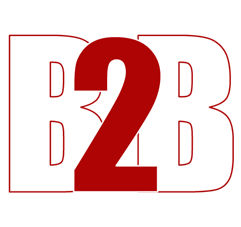https://www.pexels.com/photo/analysis-blackboard-board-bubble-355952/
3D printing is revolutionary – already it has been said that it can change the world. It is shaking up the whole production line, with businesses jumping on at every opportunity they get. However, you may be confused, like many, over the different types of 3D printing that are offered, and you may be wondering which one is the best for you and your business. But, don’t worry, as we’re here to help.
3D Printing: Which Service Is For Me?
While looking up the 3D printing service that you want to go with, you’ll no doubt have noticed that there are a number of varying technologies relating to 3D printing that currently exist. Some exist to rapidly manufacture production-ready parts, some are suited to the development stage for rapid 3D prototyping, and others are quite simply just for fun.
The reason that there are so many different options is that there is no limit to what can be created via 3D printing. From an AC diesel fuel transfer pump to construction pieces for a new build to medical products; a lot of people do not realise how widespread the use of 3D printing has become.
However, we’re going to focus on the more common ones that will be most relevant to your needs at your business. There are three major manufacturing methods. Firstly, there is Selective Laser Sintering (SLS), and then there is Stereolithography Apparatus (SLA), and, finally, the very common Fused Deposition Modelling (FDM). You now know what they are, but what do they mean? Is one better than another? There is no right or wrong choice, as each technique offers advantages and disadvantages. It is all about working out what is going to be right for you. One may be suited to a particular project while another may be suited to something else.
Why FDM Is Perfect For More General Custom 3D Printing
FDM stands for Fused Deposition Modelling. As it reveals in the name, it’s routinely used to produce 3D modelling and prototype components. It is, however, less commonly used to create production parts.
Essentially, FDM applies thermoplastics layer by layer from the bottom up within the printer by using a nozzle that is heated. Because of the material, it cools rather fast and then hardens to fit the data of your 3D CAD models. A good printing professional will also sand and polish the plastic afterwards for free, as it may be a little bit rough around the edges.
FDM’s main advantage comes from that fact that it offers an incredibly quick print time. And while it can reach high-resolution quality, its downside is that the final product can warp, bubble and may appear a little rough. For any final products, it’s best to go with another method. That being said, the advantages are huge, as it’s cheap, fast and strong enough, which is why it fits the bill for any prototyping and modelling that your business is doing.
- 6 views





